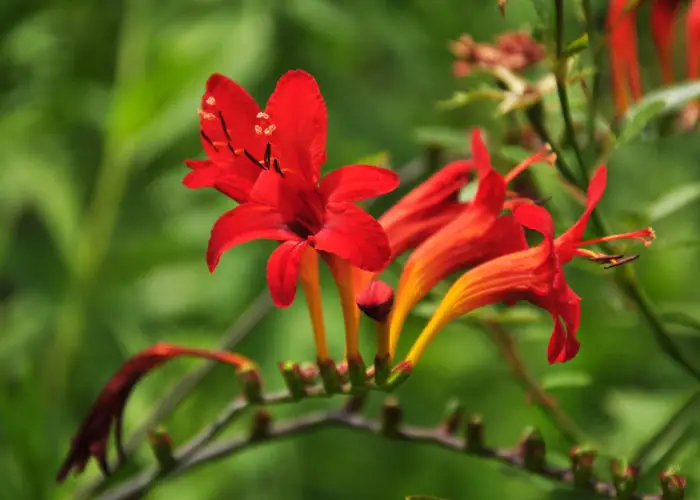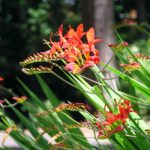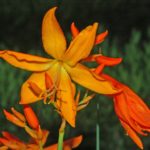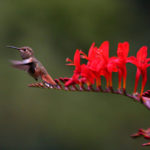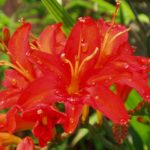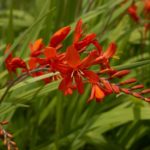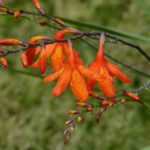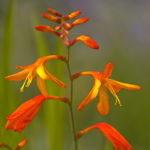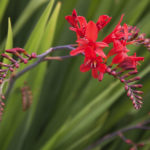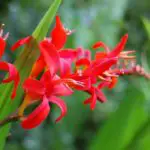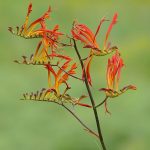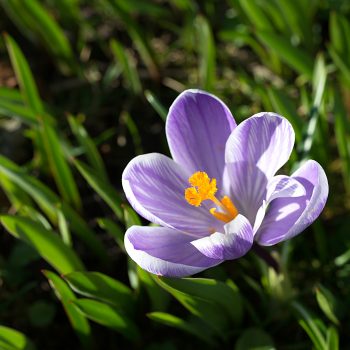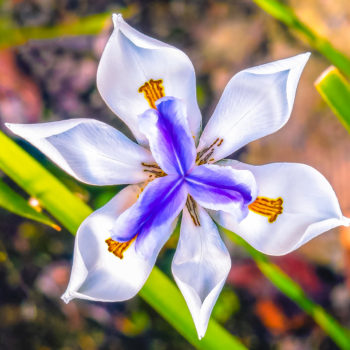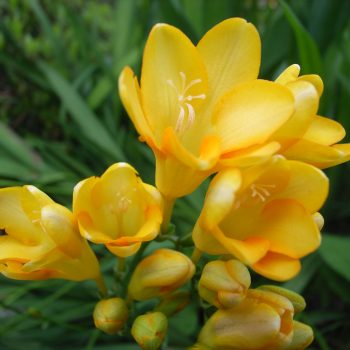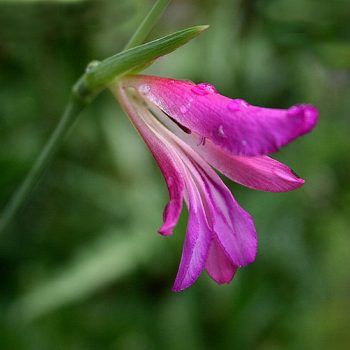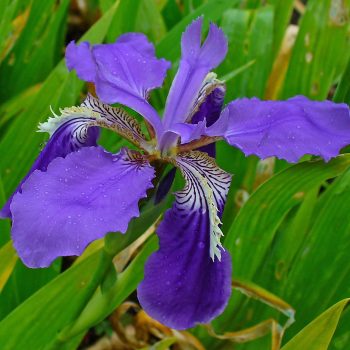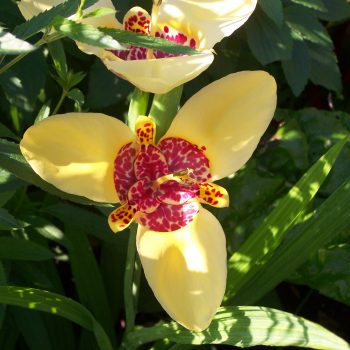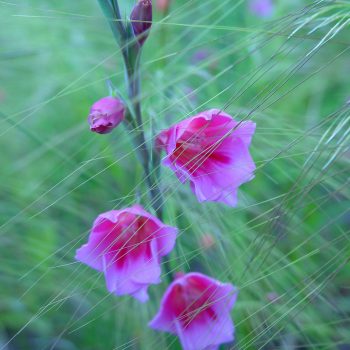Name meaning
The scientific name comes from the Greek words “krokos” (“saffron”) and “osme” (“odor” or “smell”), alluding to the saffron scent the dried flowers produce. When the dried flowers are placed in warm water, they emit a strong smell of saffron.
Crocosmia is also known as “Montbretia”. Its common name was given in honor of Coquebert de Montbret (1780-1801), a French botanist who accompanied Napoleon when he invaded Egypt in 1798.
Crocosmia symbolism
Crocosmia represents confidence, feelings of love and deepest emotions.
Interesting facts about Crocosmia
Hybrids and Cultivars of Crocosmia
Crocosmia is one of the plants that originated from Africa, but is cultivated all over the world. Its diversity is enormous with more than 400 hybrids and cultivars available.
The first hybrids were produced by the French plant breeder named Victor Lemoine (1823-1911), famously known for Peonies and Lilacs. He was one of the most prolific plant breeders of his period. Crocosmia × crocosmiiflora, one of the most popular hybrids of Crocosmia which was first bred by Victor Lemoine in 1880, is a hybrid of Crocosmia aurea and Crocosmia pottsii. Crocosmia × crocosmiiflora has been widely cultivated as an ornamental in tropical and subtropical areas of Asia, Australia and the Americas. It thrives in a wide range of conditions and has potential to be extremely invasive.
Crocosmia x Curtonus ‘Lucifer’ is the most widely grown cultivar of Crocosmia, with its typical sword-shaped foliage and unusual bright red blooms that rise on tall arching stems. Crocosmia ‘Lucifer’ is an extremely long lasting perennial and the hardiest of all Crocosmia varieties. Its vibrant flowers will attract hummingbirds to your garden, and possibly your neighbors too.
Benefits and Uses
Crocosmia is used to make a yellow dye, which is used as a saffron substitute for coloring foods.
These flowers are excellent cut flowers for fresh or dried arrangements.

